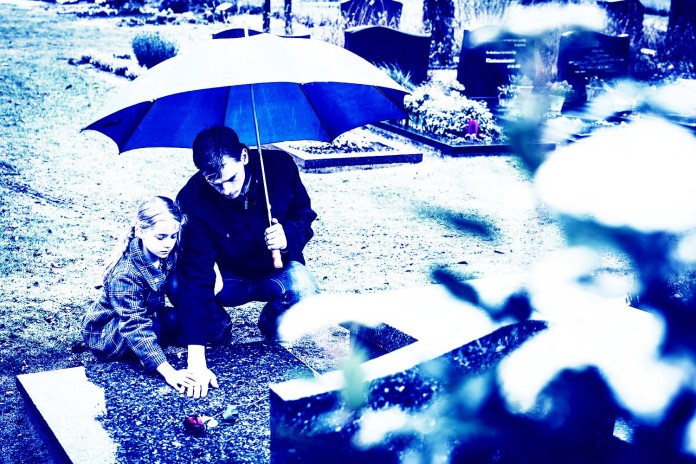
Facebook’s safety check tool is an incredibly convenient tool to let friends and family know that users are safe after a chaotic event. Since the recent Paris attacks, though, this safety check tool has acquired quite a bit of negative backlash.
Facebook’s Safety Check Tool is All for Paris, but Not For Beirut or Baghdad
Although countless people benefitted from the safety check tool in Paris, there was widespread criticism on the fact that the same couldn’t be said for the people of Lebanon and Afghanistan, who suffered similar tragedies on the same day.
The same criticism highlighted the tool that allowed Facebook users to drape the colors of the French flag over their profile pictures to raise awareness and support, and the social networking site did not offer the same for the Lebanese or Afghan flag.
Facebook Safety Tool Wasn’t Meant to be Selective
Facebook has since then turned off the Paris safety check tool, and it is fair that the company is still looking to find the right place for this tool. It’s only to be expected, since the tool is so new, that it operates where the danger is highest. Bias is always received negatively, and although the death counts in Afghanistan and Lebanon were not as high, these are two countries that suffer similar tragedies much more frequently.
To put it bluntly, the numbers build up.
Zuckerberg: Safety Check Took Will be Used More Frequently
After the criticism caught wind and fire, Mark Zuckerberg issued a statement where he declared the safety check tool will be used more frequently and more efficiently in the wake of future human or natural disasters. He is fully aware of the selectiveness of the tool on November 13, and expresses that the tool will continue to grow and help alert friends and family of the state of their loved ones.
Safety Check Tool Was First Tried Out in 2011
Facebook’s safety check tool had it’s first trial after the 2011 Tokyo Tsunami and nuclear disaster, and has since then operated during the recent earthquakes in Afghanistan, Chile and Nepal. It was also active during Typhoon Ruby in the Philippines and hurricane pam in the South Pacific. According to Facebook’s VP of growth Alex Schultz, the safety check tool goes into operation depending on the scope, scale and impact of the disaster.
Paris marked the first terrorist attack that Facebook launched the safety check tool for, due to the confusing nature of the attack. Facebook was then, as it often is, used as a tool for communication, and the company saw fit that the tool was deployed to give users one less thing to worry about. Schultz expressed that in the future, they hope to implement this tool wherever it needs to be and wherever it can help.


















